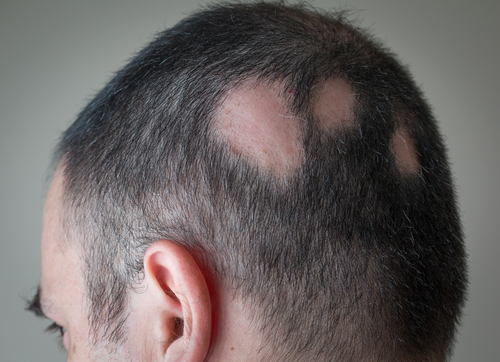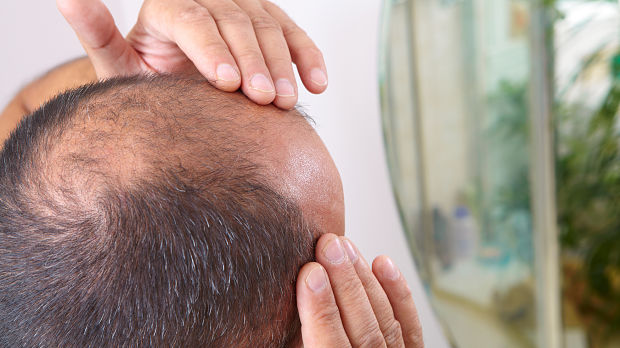
SDPA DIGITAL Live Blog: What’s New in the Literature?
October 29, 2020Dr. Joslyn Kirby kicked off the SDPA Digital CME conference Thursday morning with an enlightening review of the dermatology medical literature published within the last year. Dr. Kirby initiated the presentation by illustrating the dermatologic manifestations of COVID-19 with an important reminder that these cutaneous presentations are “not pathognomonic to COVID.” Additionally, she reviewed the …



